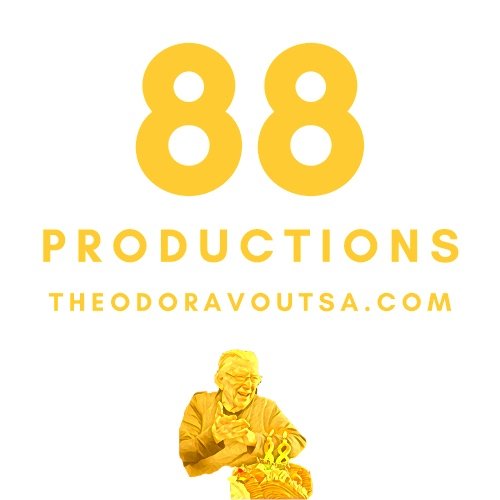5 tips for On Camera Presence by The Los Angeles Method
It seems that video calls and zoom meetings and video creation have become part of our everyday vocabulary. It used to be that only actors, performers and news anchors had to stand in front of a camera. But now? Now things have changed.
Now most of us spend a significant amount of time every day in front of a camera. Whether it is the camera at the Zoom meeting at work, the DSLR camera of a content creator using video to grow their business and communicate their business’ message, an influencer talking about the latest awesome make up, or even the phone camera during a video call with friends and family; we all experience exposure in front of the camera every day.
Maybe some of you might find yourselves in front of the camera more often than you would like. Whether you are filming a vlog, recording a tutorial, shooting a commercial, it is essential to have good camera presence.
Camera presence is the way you come across on camera, including your body language, facial expressions and overall energy. Your on camera presence is also crucial for presentations, interviews or any video recording that needs to make an impact.
You want to come across as confident and knowledgable, and most importantly you want viewers to be invested and interested in what you have to say.
I would like to share with you some tips from the work we do at The Los Angeles Method On Camera Presence Programme, to help you improve on your every day On Camera Presence.
When you talk to everyone, you talk to no one.
Imagine that the camera is a person and you are talking to them. When you look into the lens, do not think of the tens or hundreds of people looking at you. That can create stress and anxiety and the camera is a very sensitive tool that picks up on everything. You want to be relaxed and focused. So try a tool we use in Acting, called “Substitution”. Think of the person you would feel more comfortably talking about the subject you are presenting and imagine they are the camera. Your energy will shift immediately.
2. Plan, but also be in the flow
It is important to know ahead what you want to say. Once you know what you want to say, you can let go and be spontaneous and organic. Think of it as if someone was speaking to you. Would you want them the entire time they were talking to you to be looking at a piece of paper or a presentation board? You would want them to connect with you. We connect when we look into each other’s eyes. Imagine the camera is the eyes.
3. Look at the other person.
As mentioned above, we connect by looking at each other’s eyes. The “eyes” in this case is the lens, not the monitor. Put your attention on your audience, not on your own reflection. Maintain virtual eye contact with your viewer. Create a connection and make the conversation feel natural.
4. Improve Sound and Articulate well.
Voice is an important element of On Camera Presence so it is crucial to have good diction and pronunciation. If you speak too fast or mumble people will have a hard time receiving your message. Speak clearly and deliberately.
5. Light, Sound, Action!
Make sure you are well lit. No one will understand you on camera presence if they can not see you. Ideally you will want three sources of light; a key light: for you - usually in the front, a fill light - usually on the side to make the subject ( you) feel three dimensional and a back light - lighting the background, to separate you from the wall or background. If that set up is not possible, have one source light in front of you, like a window for example. Play with the height of the light source and the shadows it creates on your face.
Make sure your mic is on and not blocked by your hand (if you are holding a phone) or jammed. Sound is very important for a smooth experience.
Frame your self so your audience can clearly see you.
And you are good to go!
Have fun creating!
If you want more information on how you can be more effective, confident and command attention in your videos, check out our On Camera Presence Programme at The Los Angeles Method.



